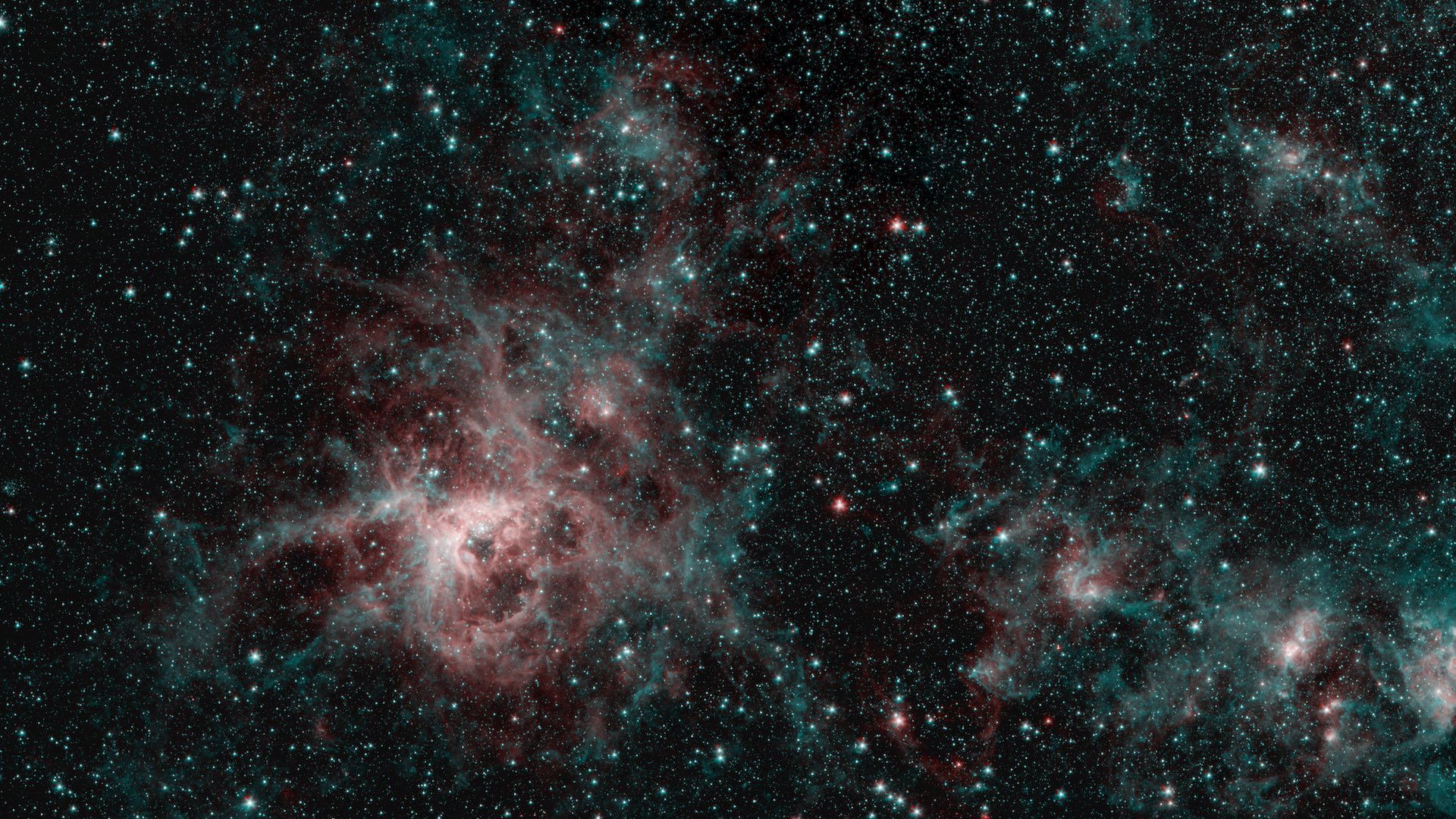
On Thursday, NASA will shut down the Spitzer Space Telescope, ending a mission that transformed how we understand the invisible machinations of the universe.
Why it matters: While the telescope is still able to function today, NASA made the decision to shut it down, saying $14 million per year is too high a cost for its diminishing science return as the observatory will likely be inoperable soon.
What Spitzer found: The telescope was able to see in infrared light, revealing new information about distant galaxies and even planets orbiting stars far from our Sun during its more than 16 years in space.
- The telescope found a never-before-observed ring around Saturn. The ring is made out of a smattering of dust particles that were relatively easy to see in infrared light, but difficult to see in other wavelengths, NASA said.
- Spitzer also created the first map showing the atmosphere of an exoplanet — a world orbiting a star other than the Sun.
- And the telescope measured the composition of the dust from comet Tempel 1 that was flung into space after NASA's Deep Impact probe crashed into the comet in 2005, giving scientists a glimpse of what the object was made out of.
Background: Spitzer's shutdown is happening at a time when the future of astrophysics at NASA is somewhat uncertain.
- The agency is expected to launch its next flagship space observatory — the James Webb Space Telescope — next year, after years of delays and budget overruns.
- Astronomers and astrophysicists are now working to help set NASA's scientific priorities in the coming decade as well, as researchers debate whether big, expensive missions are the way to go.
Go deeper: Astronomy's existential crisis






